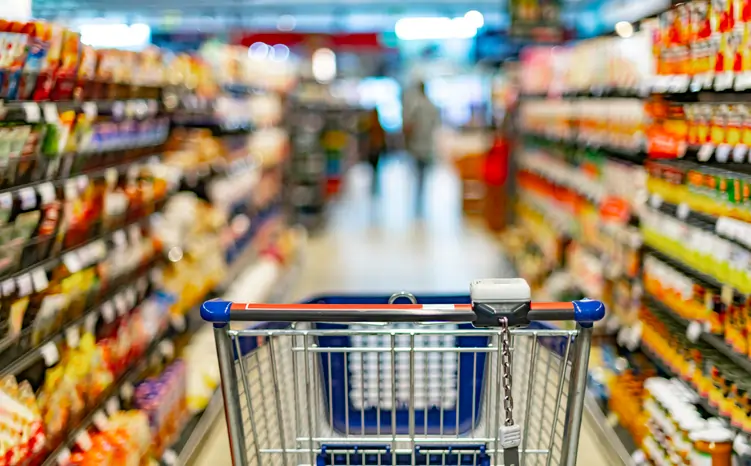
How can RTLS help with the supermarket more intelligent and convenient
Why can RTLS be used in supermarkets?
The supermarket is a common place for people to do shopping, but when they visit it, sometimes they encounter problems with real-time positioning. This may be because some customers want to find a specific product or ask for the location of a certain area.
In this case, supermarkets can take some steps to help customers solve the real-time location problem. First of all, supermarkets can provide shopping guides or arrange staff to patrol the store and answer customers’ questions at any time. They can direct customers to target areas based on their needs and provide relevant information and advice.
In addition, supermarkets can use technology to improve the real-time location experience. For example, by installing an electronic tag or QR code on each shelf, customers can simply scan it to obtain the details and exact location of the item. It is also a good idea to develop a mobile app that provides services such as maps, search functions and product recommendations.
Of course, attention needs to be paid to protecting user privacy and data security when solving real-time location problems. Supermarkets should ensure that the collection and use of user location information comply with relevant regulations and strictly limit access.
However, do you know how RTLS can be applied in supermarkets and help enhance intelligence and convenience? In this article, Blueiot will give you a brief introduction about it.
The unique benefits of RTLS in supermarket management
RTLS technology has proven highly beneficial in various aspects of supermarket management. One area where it can significantly improve efficiency is inventory management. Installing tags or sensors on products allows supermarkets to track each item’s real-time location and quantity. This enables them to automatically receive alerts when a product is out of stock or needs replenishment, allowing staff members to locate and restock the item quickly.
Moreover, RTLS can enhance the shopping experience for customers. By providing them with a mobile application or handheld device, they can quickly locate specific products within the store. This eliminates the need for customers to wander around searching for items and ensures a more streamlined shopping process. Additionally, during checkout, RTLS facilitates faster scanning and payment operations, reducing waiting times at cash registers.
Furthermore, supermarkets can leverage RTLS technology to optimize layout design and promotional activities. By analyzing customer flow patterns, dwell time, and purchasing behavior, supermarket managers gain valuable insights into consumer preferences and demands. With this information at hand, they can make informed decisions regarding product placement strategies and promotional campaigns.
Integrating RTLS into supermarket management not only enhances operational efficiency but also provides businesses with greater opportunities to understand consumer behavior trends accurately. Equipped with these insights into ever-changing market demands, retailers can make smarter decisions that effectively meet customer expectations.
Why choose BLE AoA real-time locating system?
What kind of technologies can be used in RTLS? Apparently, there are several technologies that can achieve location data in real-time, such as RFID, UWB, BLE AoA, Wi-Fi, and GPS. Then, why more and more end users are choosing BLE AoA rather than other technologies?
Well, BLE (Bluetooth Low Energy) AoA (Angle of Arrival) real-time positioning technology is selected for the following reasons:
Accuracy: BLE AoA technology provides highly accurate location information, enabling centimeter-level positioning accuracy in an indoor environment. This is important for applications where you need to accurately track and locate objects or people.
Scalability: BLE AoA is a widely used and relatively low-cost wireless communication technology, and almost all modern smart devices support Bluetooth function. Therefore, using existing equipment for positioning does not require additional investment in purchasing specialized hardware equipment, reducing system deployment and maintenance costs.
Real-time: BLE AoA technology has the characteristics of fast response time and high frequency of data update, which can provide real-time location information. This makes the technology suitable for application scenarios that require timely monitoring, scheduling, or navigation.
Low power consumption: Compared with other wireless communication technologies, such as Wi-Fi or GPS, Bluetooth AoA requires lower power consumption under the same working conditions. This means that real-time positioning using this technology does not consume too much device battery life and is more energy efficient and environmentally friendly.
In short, the choice of Bluetooth AoA real-time positioning technology is mainly based on its accuracy, scalability, real-time and low power consumption advantages. As Blueiot is the leading RTLS provider for indoor positioning, please visit here for more information.


